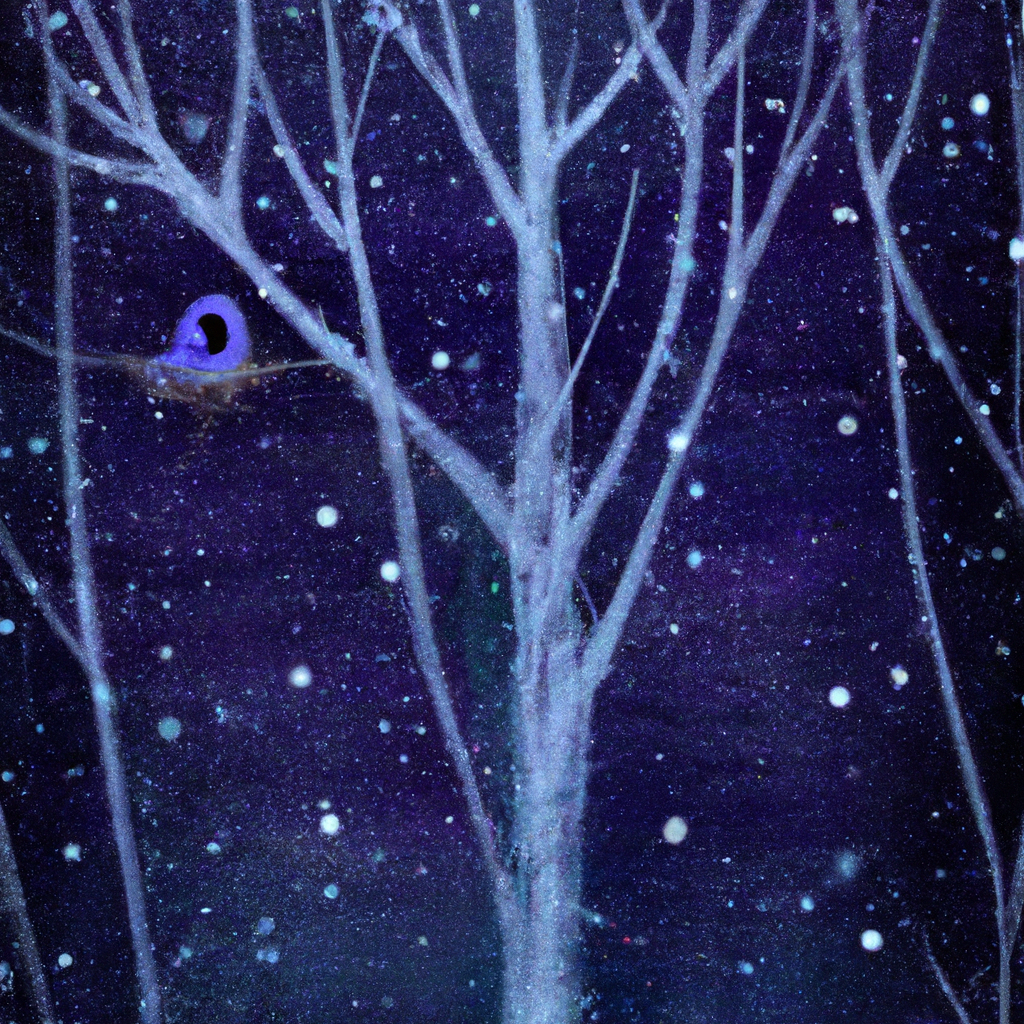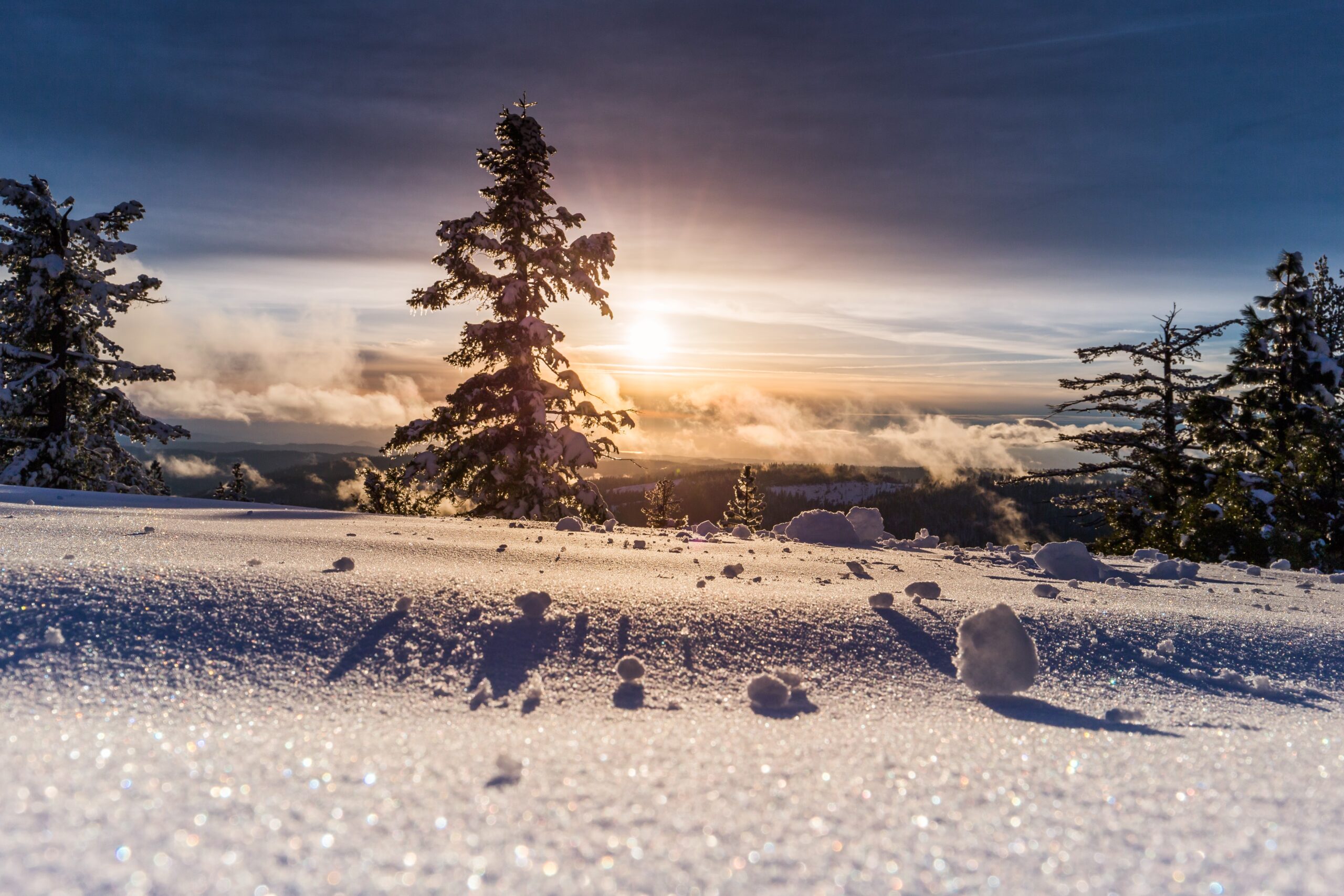In the wintertime, you may find yourself wondering where birds retreat to when the temperatures drop and the landscape becomes blanketed in snow. Understanding the concealed habitats of these delicate creatures during the colder months is intriguing, as they navigate the challenges brought upon by unpredictable weather conditions. This article aims to shed light on the sleeping habits of birds during winter, unlocking the secrets of their hidden sanctuaries and offering insight into their ingenious adaptations for survival in the harshest of seasons.
Where Do Birds Sleep In The Winter?

Bird Sleep Patterns
Birds, like many other animals, require sleep to rest, regenerate, and prepare themselves for the day ahead. Sleep patterns among birds can vary depending on various factors such as their species, environment, and season. Understanding bird sleep patterns is crucial to knowing where birds go to sleep during the winter months.
The Importance of Bird Sleep During Winter
Sleep plays a vital role in the survival of birds during the winter season. It serves numerous essential functions, including restorative processes, regulation of body temperature, energy conservation, and enhancement of cognitive abilities. By understanding the importance of sleep for birds, we can better comprehend why they choose specific locations to rest during cold winter nights.
Natural Sleeping Habits of Birds
Birds showcase a wide range of sleeping habits, with some being nocturnal and others being diurnal. Nocturnal birds, such as owls, are more active during the night and sleep during the day. Diurnal birds, on the other hand, are active during the day and sleep during the night. The duration of sleep among birds can vary from a few seconds to several hours, depending on the species and their specific needs. Some birds engage in short-napping behavior, where they take quick naps throughout the day.
Different Types of Bird Nests
Birds utilize various types of nests for sleeping and raising their young. Tree nests are commonly built on branches or in tree cavities. They provide excellent protection and insulation against the elements. Ground nests are created on the forest floor, providing a secure place to rest and raise young. Cliff nests are often found on steep rock faces and provide security from predators. Cavity nests, such as those found in tree hollows or man-made structures, offer warmth and protection. Platform nests are large, flat structures built on tree branches, providing a spacious roosting area.

Bird Roosting Behavior
Birds exhibit two primary types of roosting behaviors: communal roosting and solitary roosting. Communal roosting refers to birds gathering together in large numbers to sleep, providing warmth, protection, and social interaction. Solitary roosting, as the name suggests, involves birds sleeping alone, typically in hidden or secluded locations. The choice of roosting behavior depends on the bird species and environmental factors. Roosting groups often showcase social hierarchies, with dominant individuals occupying prime sleeping spots.
Preferred Winter Roosting Spots
During winter, birds seek out specific roosting spots that offer protection from harsh weather conditions. Evergreen trees and shrubs provide excellent shelter, as their dense foliage acts as a natural windbreak. Additionally, dense vegetation, such as thick bushes or reeds, provides cover and insulation. Caves and rock crevices offer natural shelters, providing birds with a secure and secluded roosting spot. Wetlands and marshes also attract birds, as the water bodies offer protection and a good food supply. Birdhouses and nestboxes, when properly insulated and placed, can serve as safe roosting spots.

This image is property of images.unsplash.com.
Benefits of Roosting in Groups
One significant advantage of roosting in groups during winter is the increased warmth and insulation it provides. By huddling together, birds can share body heat, reducing heat loss and conserving energy. Roosting in groups also facilitates the sharing of information and cooperative protection against predators. Birds within the group communicate by chirping and vocalizations, warning others of potential threats. Collectively, they can act as a formidable defense force against predators, ensuring the safety of the entire roosting group.
Unusual Winter Roosting Locations
While birds generally prefer natural roosting spots, some species have adapted to utilize unusual locations during winter. Chimneys and smokestacks provide warmth and protection, attracting birds seeking an alternative roosting spot. Attics and barns also serve as sheltered areas, providing birds with a safe place away from the elements. Cattail marshes and reeds offer cover and insulation for various bird species. In urban environments, parking garages and structures with ledges can become unexpected roosting locations for birds seeking refuge from the cold.

This image is property of images.unsplash.com.
Adaptations to Survive Cold Nights
Birds have evolved various adaptations to survive the harsh conditions of winter nights. Feathers play a crucial role in providing insulation against the cold. Birds often fluff up their feathers during sleep, creating air pockets that trap heat and maintain body temperature. Some birds, like the chickadee, lower their body temperature during sleep to conserve energy. They enter a state of controlled hypothermia known as torpor, reducing their metabolic rate and conserving vital energy reserves.
Human Assistance for Winter Bird Roosting
As human beings, we can assist birds during the winter season by providing suitable roosting options. Installing bird feeders filled with nutritious food can attract birds and provide them with a reliable food source during the cold months. Offering suitable nesting materials, such as twigs, leaves, and grass, can help birds construct well-insulated nests. Creating roosting boxes can mimic natural nesting cavities, offering warmth and shelter. Limiting outdoor lighting helps prevent birds from being disoriented and enhances their natural sleep patterns. Providing water sources, such as birdbaths or open water containers, ensures birds have access to freshwater even in freezing temperatures.
In conclusion, understanding the sleep patterns and roosting behaviors of birds can shed light on where they sleep during the winter season. Birds carefully choose roosting spots that offer warmth, protection, and social interactions. By providing suitable roosting options and supporting their natural habitat, we can help these beautiful creatures survive and thrive even in the coldest months of the year.

This image is property of images.unsplash.com.
